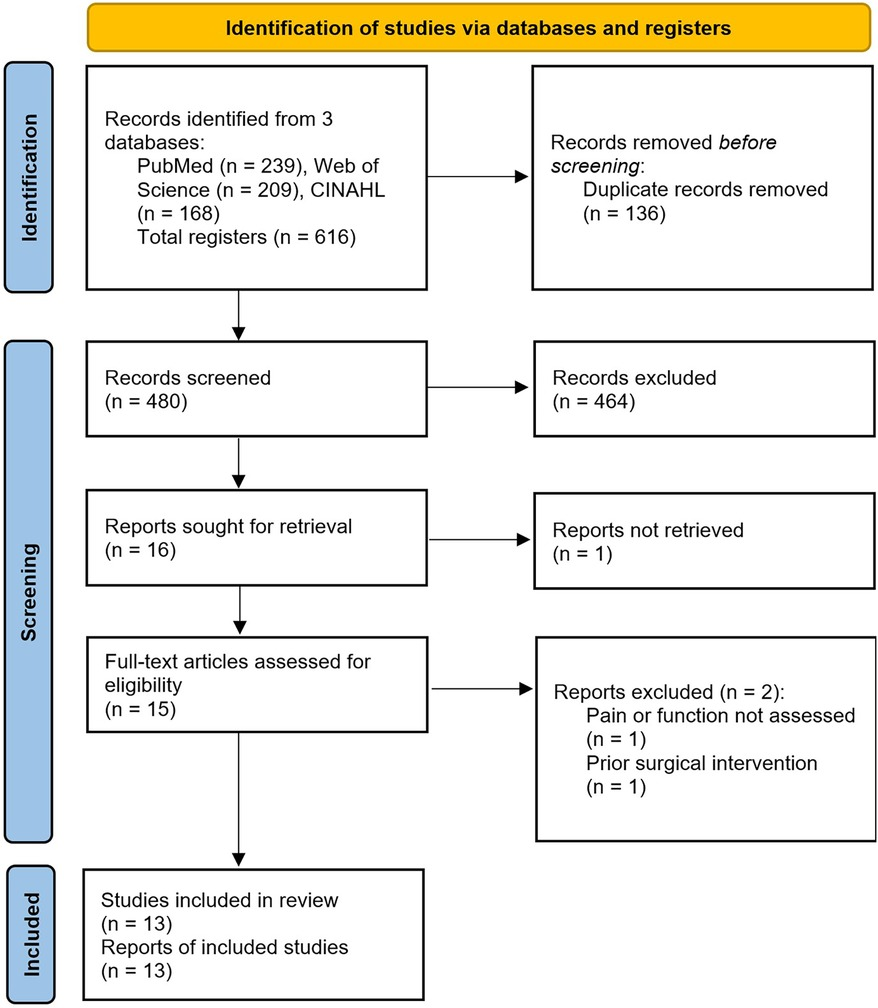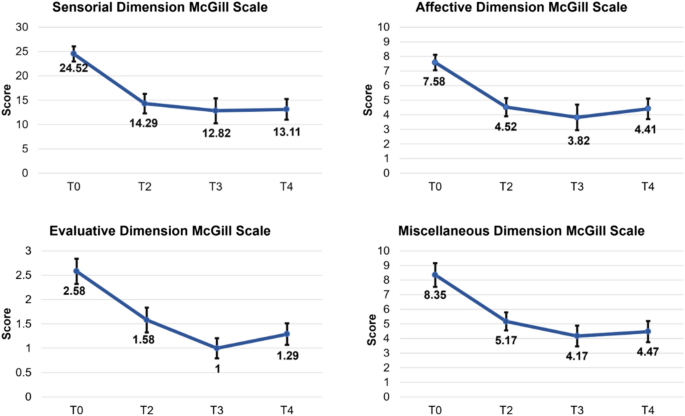For decades, patients with restless legs syndrome (RLS) have been prescribed medications that, unbeknownst to them, were making their symptoms worse. Many doctors who have been prescribing these drugs are unaware that these treatments—primarily ropinirole and pramipexole—are exacerbating the condition. Thankfully, this is about to change.
In September, the American Academy of Sleep Medicine (AASM) released new clinical practice guidelines that recommend against these drugs (marketed as Requip and Mirapex, respectively) for treating RLS. This marks a monumental shift in thinking as the previous guidelines listed these drugs as first-line therapies.
As a neurologist and sleep medicine specialist at Duke Health, and author of the book, “Navigating Life with Restless Legs Syndrome,” I am thrilled to see this long-overdue shift. These drugs are risky, potentially addictive, and, without careful consideration, will worsen symptoms over time.
RLS is a miserable condition. It causes uncomfortable sensations in the legs, usually worsening in the evening or while at rest. Many patients find that moving or massaging their legs brings temporary relief, but the discomfort returns as soon as they stop. For those affected, simple activities like sitting through a movie or falling asleep can be agonizing, if not impossible.
For over fifty years, we’ve known that RLS can be treated by increasing levels of dopamine, a neurotransmitter in the brain. Medications like ropinirole, pramipexole, and rotigotine, known as “dopamine agonists,” stimulate the brain’s dopamine receptors, providing quick relief. For years, these drugs were seen as the best solution, offering many patients their first taste of freedom from these noxious symptoms.
But there’s a catch! The longer patients take dopamine agonists, the worse their RLS can become. Here’s how it typically goes: a patient who initially does well on a low dose of medication eventually notices their symptoms returning earlier in the day or spreading to other parts of the body. The dose is increased, providing temporary relief, but soon the symptoms return—and the cycle continues, with increasing doses leading to worsening symptoms.
What’s happening? When patients take dopamine agonists, their brains reduce their natural production of dopamine, becoming increasingly reliant on the medication. Over time, this dependency can worsen RLS symptoms. It’s a vicious cycle that can leave patients far worse off than before.
Most clinical trials for these medications lasted only twelve weeks—far too short to capture the long-term problems. A longer study showed that nearly fifty percent of patients saw their symptoms worsen after three to four years of treatment, but the risk was deemed “acceptable.” I see patients who have endured fifteen or more years from drug-induced RLS, never realizing that it was the medication that was causing so much suffering.
The new AASM guidelines finally reflect what many of us in the field have known for years: these drugs should not be used to treat RLS. (This change does not apply to other conditions, like Parkinson’s disease, where dopamine agonists are frequently used.)
Unfortunately, for patients currently taking these medications, the road ahead is difficult. They face a choice: continue suffering from drug-induced symptoms or endure the challenge of weaning off the medication. It’s important to remember that patients should never stop dopamine agonists cold turkey. A gradual tapering plan under a doctor’s supervision is necessary to safely transition off the drug.
While the process can be tough, my patients never regret making the switch. There are better alternatives available, such as intravenous iron or the prescription drugs gabapentin, pregabalin, dipyridamole, and even low-dose opioids for severe cases. None of these options has been shown to worsen RLS over time. And recently, an externally applied peroneal nerve stimulator, Nidra, sold by Noctrix Health, was approved to offer a non-pharmacological option for moderate-to-severe RLS. These treatments can provide relief without the long-term risks associated with dopamine agonists.
For those struggling with RLS, help is available. It’s time to move away from the dopamine agonists that, in the long run, only make things worse.
Andrew Spector is a neurologist.





